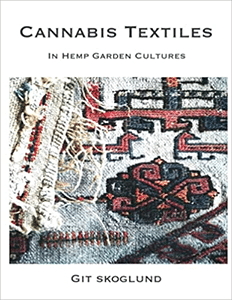I was fortunate to cross paths with Raphael Mechoulam, “the father of cannabis research,” at several science conferences over the years. The most memorable occasion was the 22nd annual meeting of the International Cannabinoid Research Society (ICRS) in Freiburg, Germany, in July 2012. Mechoulam delivered a plenary speech at the symposium, addressing the future of cannabinoid research and key areas of study that should be pursued.
It was exactly fifty years earlier, in 1962, when Mechoulam launched his scientific investigation into the chemistry of cannabis. In 1963, he and Yuval Shvo first reported the molecular structure of cannabidiol (CBD). And the following year Mechoulam coauthored a paper that elucidated the molecular structure of tetrahydrocannabinol (THC). Although he didn’t know it at the time, Mechoulam had lit a slow burning fuse that would detonate a revolution in medical science.
As a young scientist, Mechoulam set out to understand how cannabis works; he ended up unlocking a treasure trove of information about how we work. Known affectionately as “Raphi” to many of the scientists he mentored, Mechoulam tirelessly promoted cooperation between researchers around the world to advance the study of the body’s “endocannabinoid system,” which produces chemicals similar to THC, CBD, and other plant cannabinoids, and mediates their effects.
In 1992, Mechoulam’s research group at Hebrew University in Jerusalem discovered an endogenous THC-like compound that activates receptors in the mammalian brain. He named it “anandamide,” the bliss molecule. And in 1995, Mechoulam and his team identified a second endocannabinoid compound, 2-arachidonoyglycerol or 2-AG for short. Anandamide and 2-AG are part of an internal lipid neurotransmitter system that regulates a wide range of physiological processes, including appetite, mood, pain perception, and immune function.
“Planning Research for the Next Half Century”
“It’s time to plan ahead for the next half a century,” Mechoulam, age 81, told the Freiburg ICRS attendees, who had gathered to honor his 50 years as a pioneer cannabis scientist. Mechoulam cited three specific areas that should be research priorities: CBD, the CB2 cannabinoid receptor, and a cluster of endogenous fatty acid compounds in the brain that he referred to as FAAA’s.




